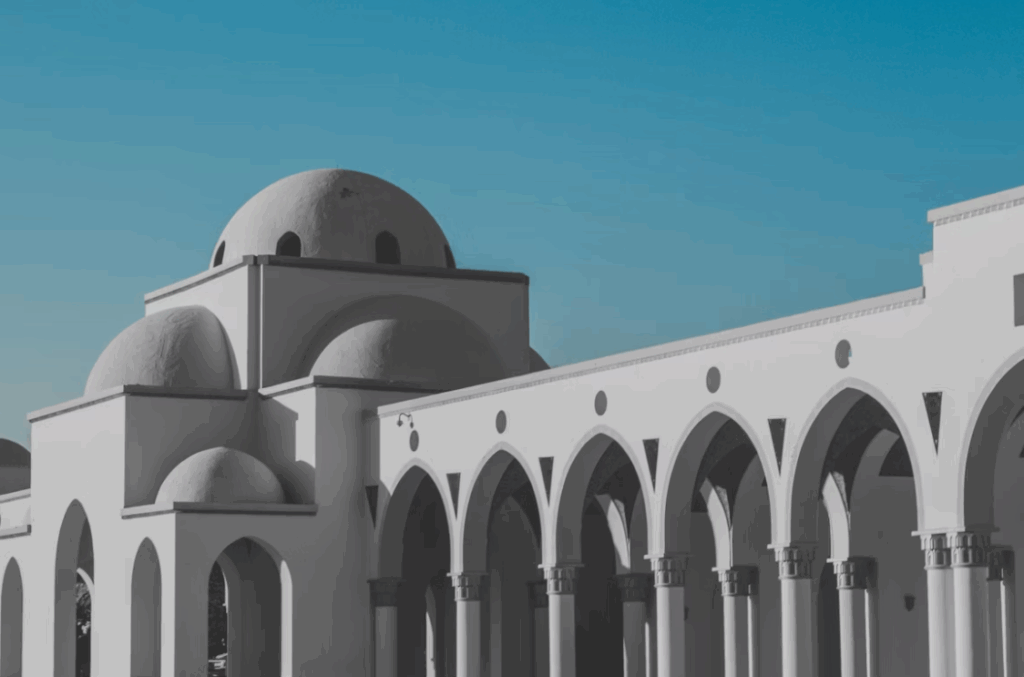The reconstruction of ancient buildings has long been a challenge for historians and architects. Today, 3D modeling for historic building restoration and SketchUp for ancient building reconstruction provide robust techniques to visualize lost eras with precision. From ancient temples to civic structures, cities can now be digitally rebuilt to show authentic proportions, materials, and functions.
By employing SketchUp workflows for heritage conservation, specialists reshape ruins into complete living structures. This approach is not limited solely to aesthetic rebuilding—it allows archeologists to test structural theories. For instance, if fragments of columns and walls exist, 3D design can propose dimensions of full structures and confirm stability. With simulations, structural hypotheses gain more reliability than written descriptions alone.
3D modeling for heritage conservation projects ensures a safe process that does not interfere with existing ruins. Unlike physical reconstructions, digital models allow experimentation without endangering authentic heritage remains. By using 3D design for structural repair of historic sites, virtual testing of wooden reinforcements, trusses, and ceiling systems can be carried out before any conservation decision takes place.
A common challenge is how to model old buildings in 3D when complete information is missing. SketchUp’s library and plugins provide solutions, enabling the enlargement of fragments into probable patterns. Lacking arches and missing walls can be extrapolated using symmetry-based methodology. This allows reconstructions of Roman basilicas, amphitheaters, or medieval abbeys, preserving their cultural footprints digitally.
Another important aspect is educating the broader public. When historians present SketchUp for ancient building reconstruction models in museums, visitors can virtually walk through entire structures. Such experiences are immersive, often sparking deeper interest in historical research. Moreover, community presentations employing detailed 3D design for ornate architecture ensure that elements like tessellated floors, carvings, mosaics, and roof ornamentation can be admired interactively.
The transition of 3D workflows from castles to ancient temples reveals that the discipline transcends geography. Whether dealing with cathedrals, aqueduct systems, or Buddhist temples, 3D workflows for heritage conservation projects unify the practice under one methodology: preserving knowledge through virtual means.
Thus, SketchUp for ancient building reconstruction produces not only accurate representations but also fosters communication between historians, architects, and supporters of preservation. Digitally modeling ancient heritage ensures that memory will not vanish even if physical ruins deteriorate further.

